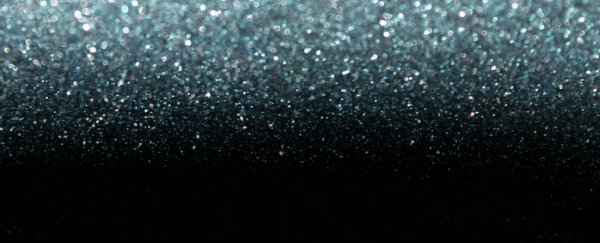Global warming is having a significant impact on our planet, and researchers are constantly trying to come up with ways that we can limit this gradual rise in temperature. One alternative to curbing activities that warm the planet is to find measures that cool it instead.
Known as geo-engineering, the concept has inspired a bunch of global 'hacks' that could help stall the climb in temperature and encourage it to drop instead - some of which are more plausible than others. And now a team at Harvard University has come up with the most dramatic planet hack yet: flinging tonnes of alumina and diamond particles into the atmosphere to cool down Earth.
The proposal builds on an earlier idea of pumping sulphate aerosols into the atmosphere - an approach that would theoretically mimic the effects of volcanic eruptions. We know that these eruptions and the large amounts of sulphur dioxide they create can rapidly cool the surrounding regions of the planet, so could the same result be achieved artificially?
Powdered diamond is likely to be a lot safer and kinder to the ozone layer than sulphate aerosols, the new study suggests. After all, while volcanic eruptions might help to cool down the planet, they aren't generally known for being kind to the environment in any other sense. The new method is also less likely to heat up the lower stratosphere, which has the potential to result in some unwanted atmospheric side-effects.
At the moment, the scientists behind the new report aren't completely sure about their theory, but they hope to conduct more research in the future to get a better idea of what the benefits could be. While we know plenty about volcanic eruptions, we know hardly anything about the difference that alumina and diamond particles could make in the atmosphere.
"Our paper is really geared towards removing the mindset that it has to be sulphate that's used to do solar radiation management," says Debra Weisenstein, one of the study's authors. "[Alumina and diamond dust] could have significantly less impact on ozone, less heating of the stratosphere and less of an increase in diffuse light at Earth's surface."
Diamond dust is expensive of course, which is another potential problem, but the Harvard team thinks that the price would eventually come down enough to make the idea viable. That's certainly a possibility if the process to make synthetic diamonds becomes quicker and easier than it is now. The team says by the time the world's population reaches 10 billion in the year 2065 (or close to it), it would cost around $5 per person to send 450,000 tonnes of the nanoparticles into space.
The study has been published in Atmospheric Chemistry and Physics.
